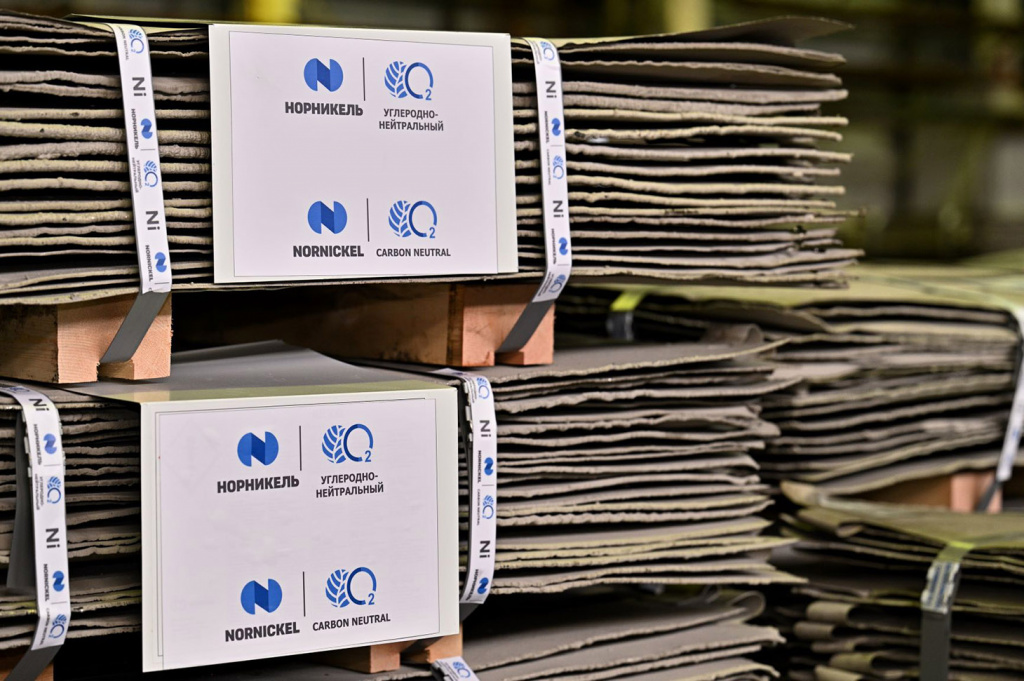Copper mining has a new champion in veteran Peruvian economist

Put the cautious optimism on display at Peru’s top mining event down to three main factors: easing pandemic restrictions, copper’s bright longer term outlook and a diminutive sexagenarian economist.
An estimated 50,000 people are doing the rounds at the Perumin show this week in Arequipa, a picturesque yet bustling city surrounded by giant copper deposits.
Among them are top executives, who’ve reason to be stressed given volatility in markets of late, local political turmoil and social unrest that saw Peru slip to last in a new competitiveness index of mining nations. But the largely mask-less attendees, while keeping vigil on the current downturn, are pretty upbeat on the future.
Some of that buoyancy is attributable to Kurt Burneo, who last month became left-wing President Pedro Castillo’s third finance minister. In a presentation at Perumin, Burneo reiterated the policy priorities that have endeared him to the industry, such as maintaining tax rates, offering fiscal benefits and cutting red-tape in a bid to attract investments and boost the economy.
That’s music to executives’ ears given that proposals from some quarters of the ruling coalition have included everything from sweeping tax reform to nationalizations.
Person of action
“I see him as a person of action,” Abraham Chahuan, head of mining industry group IIMP, said after listening to Burneo’s speech. “He’s a very experienced economist, and I think well respected in general.”
No tax hikes is “very good news,” said Raul Jacob, chief financial officer of Southern Copper Corp., which is ramping up output and trying to get several new projects off the ground. Jacob said Burneo understands mining’s important to Peru. “We’re seeing more common sense in certain areas of the government.”
[SEE ALSO: Peru’s July copper output falls 6.6% after mines underperform]
Roque Benavides, the outspoken chairman of Peru’s top publicly traded precious-metals producer, Buenaventura, also likes what he sees from Burneo. While Benavides says more has to be done to ensure security in mining areas and streamline permitting, he still wants to plow ahead with investments given Peru’s mineral potential.
Still, Burneo has a tough task. Weak institutions and infrastructure in isolated rural areas provide the backdrop for tense community relations. At the same time, President Castillo faces investigations by prosecutors and the opposition-led congress is working on a third impeachment motion against him.
The appointment of Burneo — a former director of the Inter-American Development Bank, central bank board member and deputy finance minister under Alejandro Toledo’s presidency — also irks some coalition hardliners, who see him as a neoliberal threat.
5 million tonnes
The new minister’s ability to navigate political headwinds and improve the investment climate may have a bearing on how much copper Peru produces in the future.
Output in the No. 2 copper-producing nation is set to rise from about 2.4 million metric tons this year to 2.8 million tons next year as Anglo American Plc’s new Quellaveco mine ramps up, according to IIMP. But after Quellaveco, there’s not much in the way of new mines being built.
An estimated $53 billion in possible projects that could double production would require companies to get local communities on board while dealing with sluggish permitting and the global economic downturn.
Chahuan sees signs that local uncertainties are easing, while the longer-term outlook for the wiring metal is bright as the world electrifies and moves away from fossil fuels.
“We can get to that level of 5 million tons,” Chahuan said. “I think it can be reached. It’s feasible.”
(By James Attwood and María Cervantes)
Read more: BHP wants to expand presence in Peru, says executive
{{ commodity.name }}
{{ post.title }}
{{ post.date }}

Comments